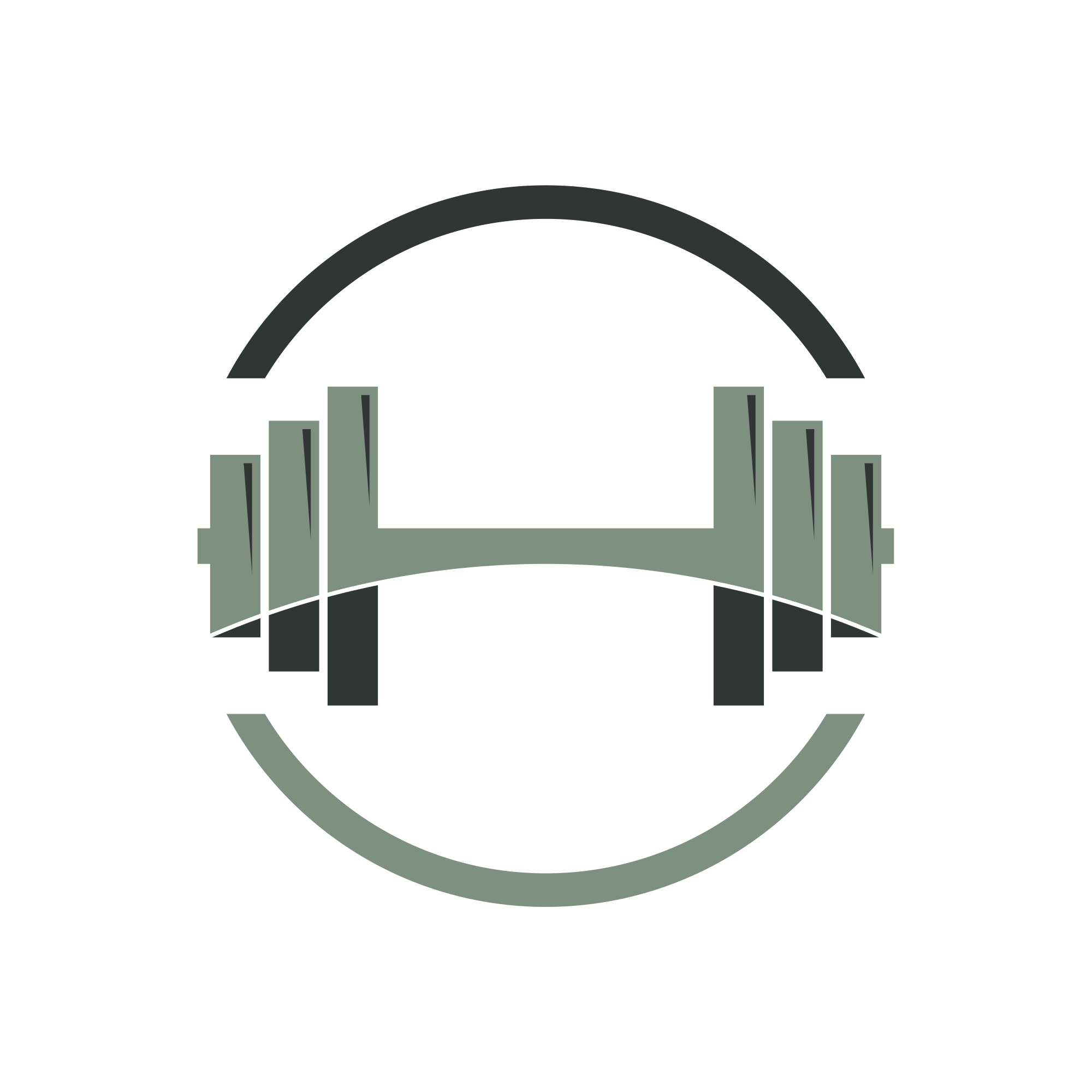Even fit females aren’t immune to this risk!
Think you’re “healthy”? ❤️🔥
You still might be missing this silent killer for women 40+ (and it starts creeping up in your 30s). High cholesterol can quietly damage arteries over decades — setting the stage for the #1 cause of death in women: heart disease (i.e. heart attacks + strokes)
It’s not just about “good” vs “bad” cholesterol. 💡
Numbers provide a snapshot in time, but may neglect the nuance of a deeper dive to better understand your individual disease risk:
- 📊 Ratios + context matter more than individual #s
- 🧬 Some risks are genetic and unaffected even by diet/exercise lifestyle intervention
- 🔥 Inflammation markers can make mild LDL more dangerous—or, alternately, not a concern at all
My wake-up call:
Alongside my already pretty healthy lifestyle (lifting, cardio, walking, mindfulness, etc), I quit alcohol, added fiber, tracked protein, dropped body fat → ✅ my numbers improved. But my LDL (the so-called "bad" cholesterol) stayed a bit elevated. Time to dive deeper! 🧐
📌 Save this post for your next physical. When reviewing your bloodwork, ask to better understand your lipid profile. Consider asking your doc for one or more of these tests if you have concerns:
- ApoB: The actual # of atherogenic particles (LDL particles that can enter artery walls) Provides a better risk predictor.
- Lipoprotein(a): -Lp(a) is like a genetic wildcard—if it’s high, it means your arteries may be stickier by design, even if you eat and exercise well.
- hs-CRP: an inflammation marker test; if LDL is mildly elevated, but CRP is low, you have lower cause for concern when it comes to your risk of heart disease. High cholesterol is more worrisome if there’s fire in the system.
🩺 Bottom Line: You can’t manage what you’re not measuring. 🙅♀️ Track your baseline and trends now—future you will thank you.

